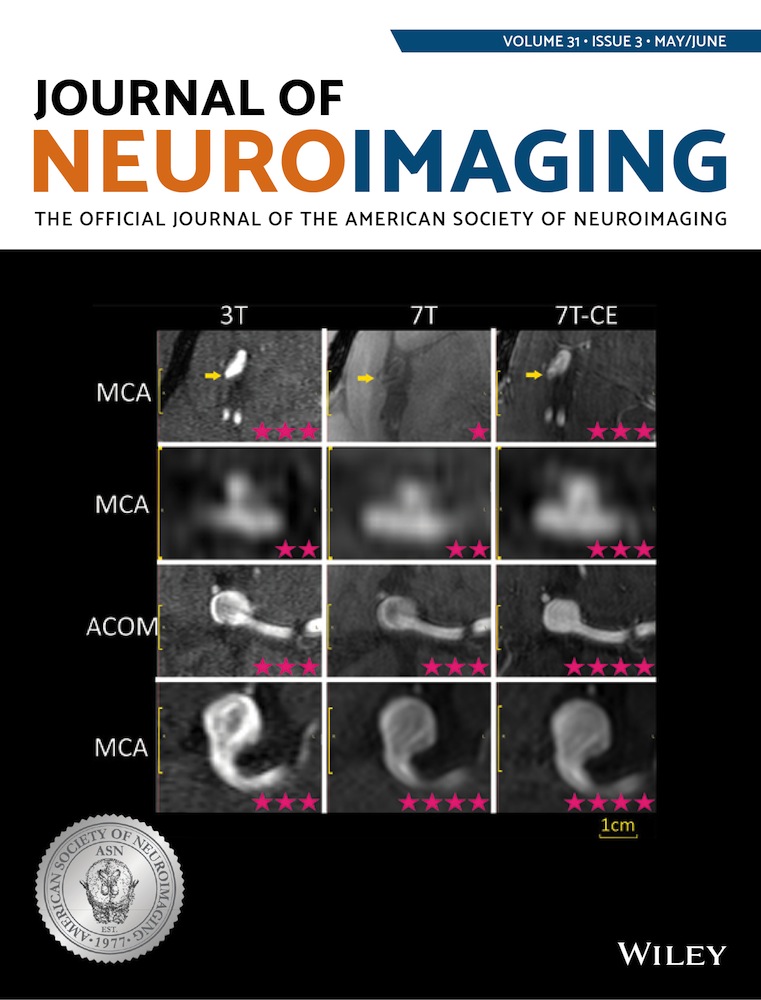Dentate Nucleus Signal Intensity Changes in Children with Adrenoleukodystrophy in Comparison to Primary Brain Tumor with and without Radiotherapy after Gadobutrol Administration
ABSTRACT
Background and Purpose
To determine whether cerebral adrenoleukodystrophy (cALD) or brain irradiation in patients with primary brain tumor affects T1-weighted imaging (T1WI) signal intensity (SI) of the dentate nucleus (DN) in a pediatric cohort who had received consecutive macrocyclic gadolinium-based contrast agent (mcGBCA) gadobutrol.
Methods
This study included 97 pediatric patients who underwent mcGBCA-enhanced MRI from 2010 to 2020 (29 children with primary brain tumors without brain radiation therapy [mcGBCA group-1], 33 children with primary brain tumors and radiation treatment [mcGBCA group-2], 35 children with cALD [mcGBCA group-3], and 97 sex-/age-matched control subjects [subgroups matched to each of the three subject groups] without GBCA administration). The DN-to-middle cerebellar peduncle (MCP) SI ratios on T1WI were then determined. A paired t-test was performed to compare SI ratios between children exposed to mcGBCA in each group and control subjects. The relationships between SI ratios and confounding variables were analyzed utilizing the Pearson correlation analysis.
Results
The DN-to-MCP SI ratio was significantly higher of mcGBCA group-2 (1.046±.071) or mcGBCA group-3 (.972±.038) than in the control group-2 (.983±.041, P<.001) and control group-3 (.937±.051, P = .002), respectively, but no significant difference of the SI ratio was noted between mcGBCA group-1 (.984±.032) and control-group-1 (.982±.035, P = .860). No significant correlation was noted between SI ratio values and the cumulative dose or number of mcGBCA administrations, age, or the elapsed time between the MRI examinations (all P>.05).
Conclusions
Hyperintense T1WI signal in the DN may be seen in children with brain tumors undergoing brain irradiation, as well as in children with cALD.




